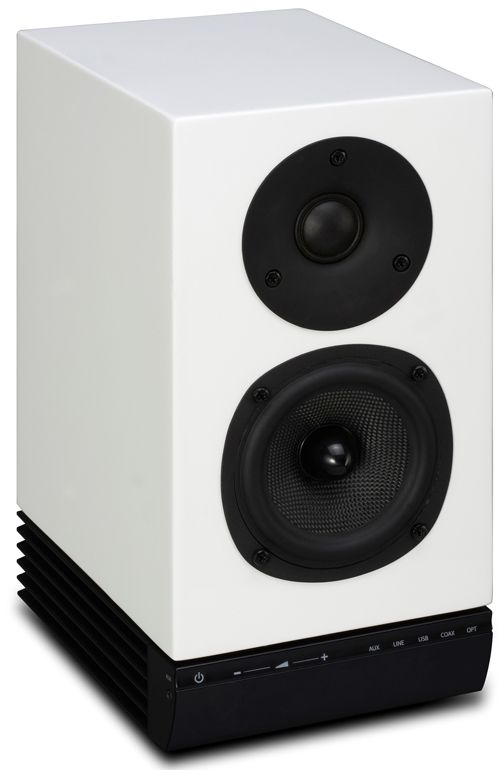Quad have just announced the release of the 9AS active loudspeakers with built-in DAC.
More specs here: http://www.quad-hifi.co.uk/Product.aspx?lang=En&Tab=53
It seems to provide a cheap(ish) way to get more out of downloads and streaming without the need to shell out on a separate DAC and amp. Not exactly easy o'the eye, though.
More specs here: http://www.quad-hifi.co.uk/Product.aspx?lang=En&Tab=53
It seems to provide a cheap(ish) way to get more out of downloads and streaming without the need to shell out on a separate DAC and amp. Not exactly easy o'the eye, though.


 !!
!! 
Comment